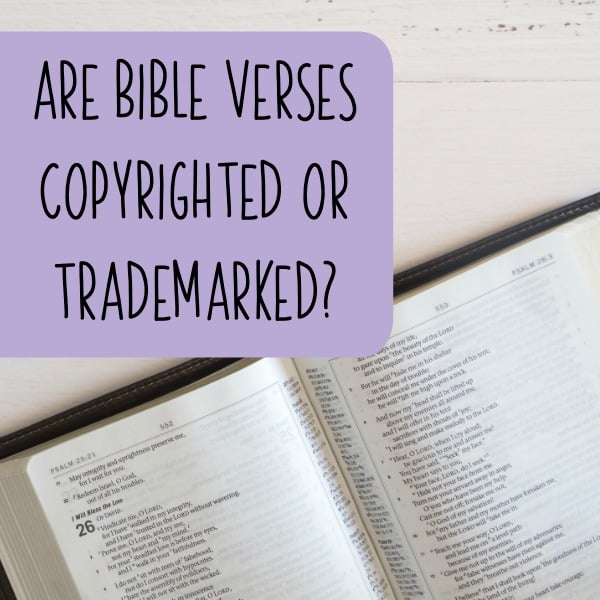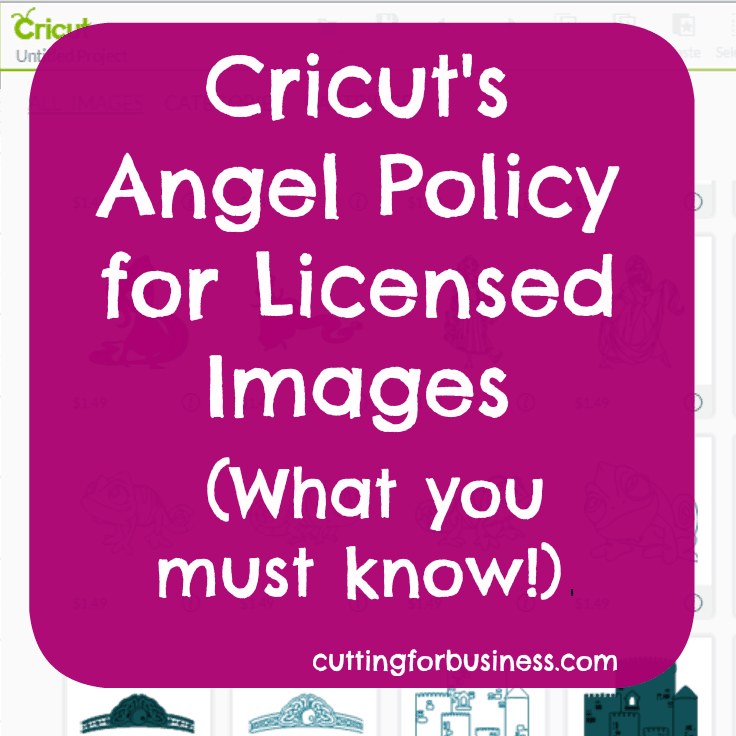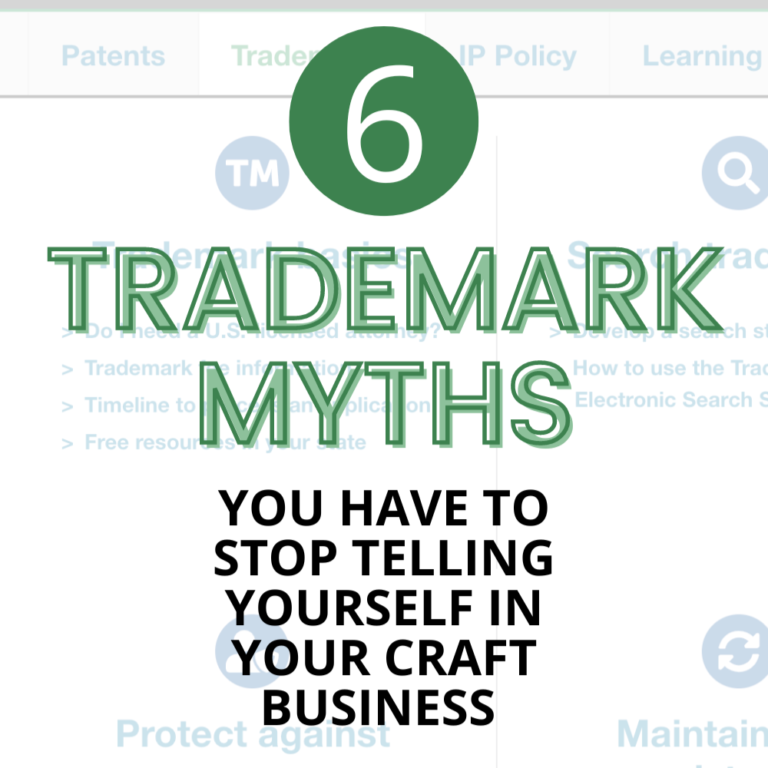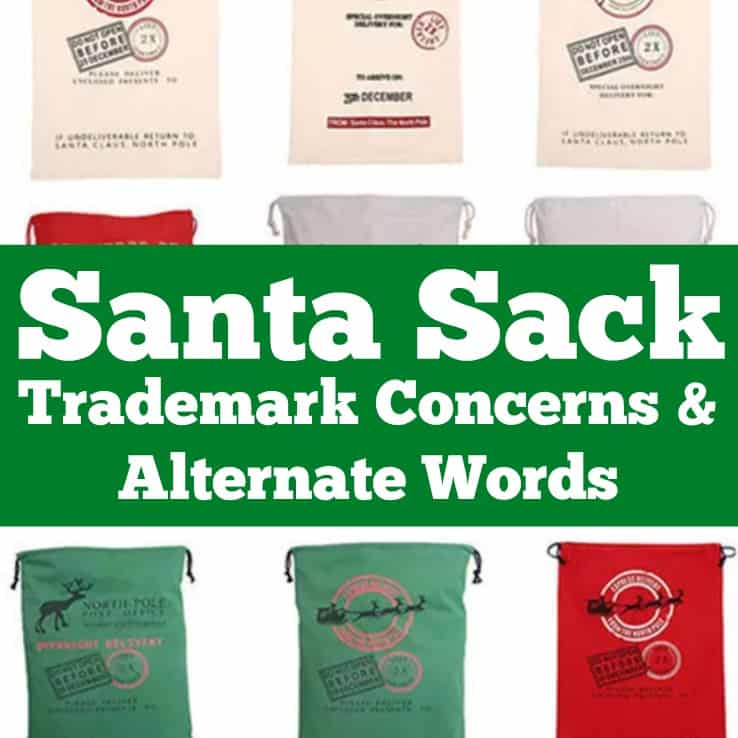13 Public Domain Characters that Crafters Can Use
Affiliate Disclosure: As an Amazon Associate I earn from qualifying purchases. Additionally, I may get commissions for purchases made through other affiliate links in this post.
Happy 2024! Remember that recent article I wrote about copyright laws in the US? I briefly mentioned something called public domain.
Public domain is what happens when copyrighted works expire. Sometimes they expire because the term has run out; sometimes they expire because they aren’t renewed. In any case, when the copyright expires – it is available for anyone and everyone that wants to use it.
I spend a lot of time on the blog letting readers know what you cannot use due to copyright and trademark laws. Today, I thought I’d take a few minutes and give you a list of public domain characters that you can use – legally and freely.
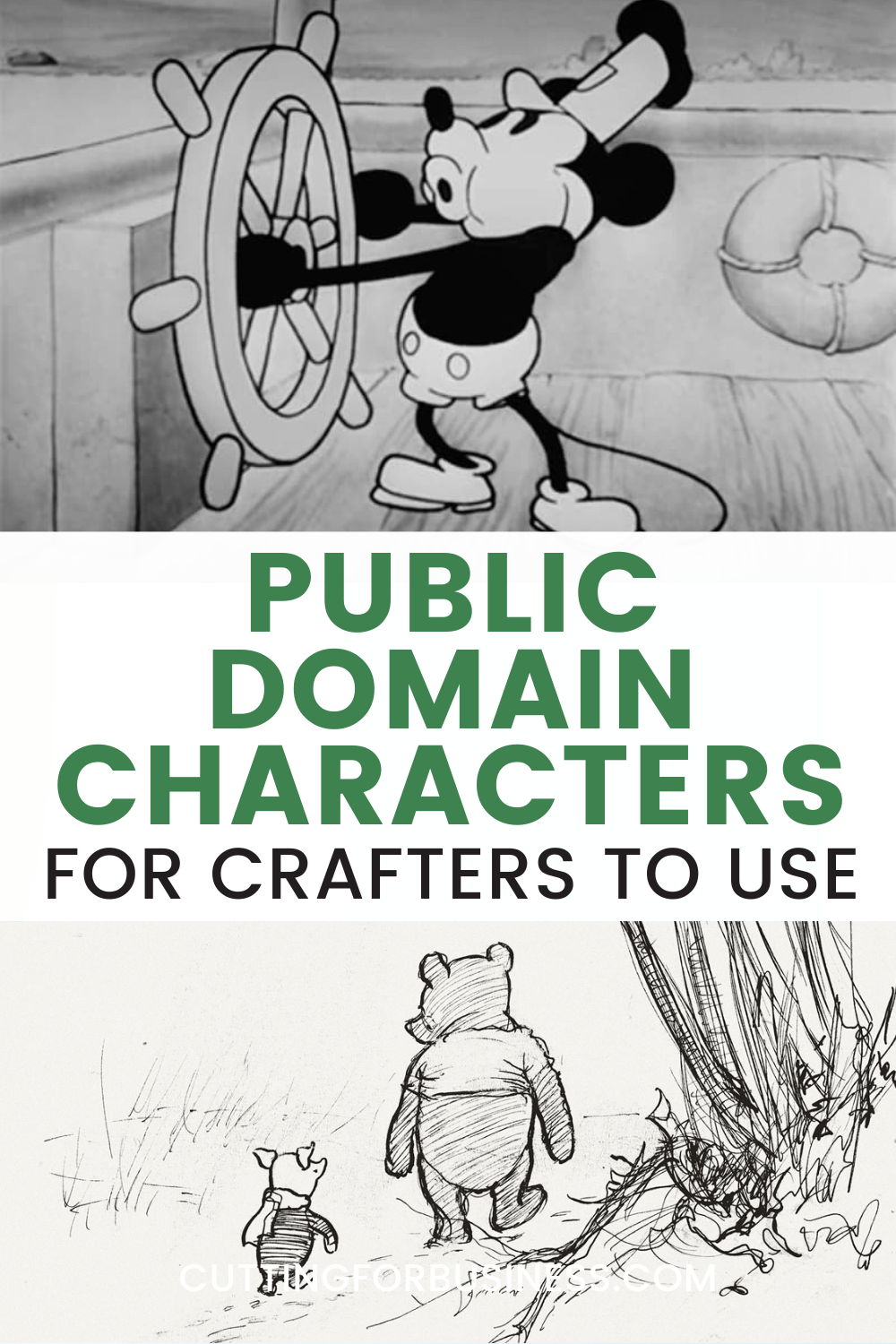
Table of Contents
What Exactly Does Public Domain Mean?
When a property is in the public domain, it means that no one individual owns the property and that the copyrights have expired. Instead, it is considered owned by the public and anyone in the public can use it for whatever they’d like.
This also means that you can use public domain properties in products for sale.
How Long Does Copyright Last?
In the United States, works created in or after 1978 have a copyright protection period of the author or creator’s life plus 70 years.
For works published after 1923 but before 1978, the copyright lasts 95 years from the publish date.
So, in the year 2023, works published in 1927 and earlier are public domain.
After a property’s copyright expires, it enters the public domain on January 1 of the following year. For example: Copyright expires October 3, 2023. Work becomes public domain January 1, 2024.
13 Public Domain Characters that Crafters Can Use
Alice’s Adventures in Wonderland
You can freely use text quotes and character illustrations from Lewis Carroll’s Alice’s Adventures in Wonderland.
What You Need to Know: Disney also has an Alice in Wonderland which is protected by copyright laws. You would not be able to use Disney’s interpretation of the story. There are many differences between the original story and Disney’s take on it. For example, the famous line by the White Rabbit “I’m late! I’m late! For a very important date!” is actually “Oh dear! Oh dear! I shall be too late!” in the original story. I’d be able to create a wood sign legally with the “Oh dear!” line but not the “I’m late!” line.
Must Read: Lewis Carroll’s Alice’s Adventures in Wonderland.
The Wonderful Wizard of Oz
The children’s book, The Wonderful Wizard of Oz, written by L. Frank Baum is in the public domain.
What You Need to Know: The Wizard of Oz film starring Judy Garland is not in the public domain. This means that you would be able to use quotes and images from the original book, but not from the movie. Like Alice, there are differences between the original book written in 1900 and the film from 1939.
Must Read: Grab a copy of The Wonderful Wizard of Oz.
The Little Mermaid
It’s no secret that mermaids are trendy right now, so take advantage of being able to use The Little Mermaid story by Hans Christian Andersen.
What You Need to Know: In the Hans Christian Andersen book, the mermaid has no name and doesn’t have underwater friends like Sebastian and Flounder. You probably won’t be surprised that the original tale varies greatly from the Disney version. If you don’t know, Andersen is responsible for many, many fairy tales that you are probably know. Better yet? The majority of them are in the public domain.
Must Read: Hans Christian Andersen’s version of The Little Mermaid.
Rapunzel, Snow White, Cinderella
The stories of Rapunzel, Snow White, and Cinderella were recorded by the Brothers Grimm. The stories existed long before the Grimms recorded them, being integral parts of German folklore. They are now in the public domain and can be used freely. Of course, you can’t use the Disney’s retelling of the stories. If you are curious, the Brothers Grimm are also responsible for recording many other stories.
What You Need to Know: You can not use Disney’s retelling of the stories. You’ll need to base your craft products on the Brothers Grimm storytelling.
Must Read: The Brothers Grimm Fairy Tales.
Aladdin
Are you seeing a trend here? A trend related to the Walt Disney Company? Many of Disney’s famous tales and works are the retelling and reimagining of stories of the past. Disney didn’t get licensing for many of their most famous movies – they relied on stories already in the public domain and reimagined them.
For example, Alladin was originally introduced in a work called The Arabian Nights and was set in China.
What You Need to Know: You would be able to use the characters as they are portrayed in the original story – but not the Disney version.
Must Read: Aladdin – Or The Wonderful Lamp.
Oswald the Lucky Rabbit
Disney fans will recognize Oswald the Lucky Rabbit as one of Walt Disney’s earliest works. Many fans consider Oswald the Lucky Rabbit as Walt Disney’s first character. Oswald the Lucky Rabbit is now in the public domain.
What You Need to Know: Oswald the Lucky Rabbit was in 27 shorts produced by the Walt Disney Studio. The first seven entered the public domain in 2023.
Pete the Cat
Another one for the Disney fans: Pete the Cat. Before Oswald the Lucky Rabbit came Pete the Cat. Pete the Cat debuted in a 1925 cartoon, Alice Solves the Puzzle.
What You Need to Know: Pete the Cat looks different than his modern day depiction in Alice Solves the Puzzle. The original version of Pete the Cat entered the public domain in 1925.
Peter Pan
The novel, Peter Pan, entered public domain in 2022. While the novel is public domain, the play will not enter the public domain until 2024. The original story of Peter Pan has many differences compared to the Disney version. For example, in J.M. Barrie’s tale, Captain Hook is eaten at the end.
What You Need to Know: Be sure to base your products off of the original story, not Disney’s popular retelling.
Must Read: Peter Pan by J.M. Barrie.
Winnie-the-Pooh & Friends
In 2022, Winnie the Pooh and several of his friends became public domain. Like many other properties, only the original novel became public domain – not the Disney retelling. As you can imagine, there are many differences between the two versions. For example, in the original tale Pooh doesn’t wear the familiar red shirt.
What You Need to Know: Tigger (the jumping tiger) was not introduced until a later story. He will not enter the public domain until 2024.
Must Read: Winnie-the-Pooh by A.A. Milne.
Bambi
Also in 2022, Bambi entered into the public domain in the USA. While Bambi recently entered the public domain in the USA, in other countries it has been in the public domain for years. Different countries have different lengths of time for copyright expiration. Of course, the public domain property is based on the original novel by Felix Salten – not the Disney retelling of it.
What You Need to Know: Be sure to draw inspiration from the Felix Salten version.
Must Read: Bambi, A Life in the Woods.
Ebeneezer Scrooge
Ebeneezer Scrooge from the classic Christmas story by Charles Dickens, A Christmas Carol, is in the public domain. This means you could make Scrooge themed products or use quotes from the book in handmade products. Personally, I think Scrooge related products are perfect to sell around Christmas.
What You Need to Know: Be sure to take inspiration from the original story, not one of the many retellings.
Must Read: A Christmas Carol by Charles Dickens.
Classic Monsters
Any horror genre fans around? If so, good news for you: Many of the classic monsters are in the public domain. These include Dracula, Dr. Jekyll and Mr. Hyde, Frankenstein, Phantom of the Opera, and The Bride of Frankenstein (film).
What You Need to Know: You cannot use modern day adaptations of these stories. Instead, create your own take on the original stories and characters.
Must Read: Dracula by Bram Stoker, Dr. Jekyll and Mr. Hyde by Robert Louis Stevenson, Frankenstein by Mary Shelley, Phantom of the Opera by Gaston Leroux.
Sherlock Holmes
As of 2023, all of Sir Arthur Doyle’s Sherlock Holmes stories are in the public domain. Throughout the years, the estate of the author have tried multiple times to impose licensing fees on the use of the characters. Read more about the lengthy trials related to Sherlock Holmes.
What You Need to Know: Be sure to base your products on the original works, not reimagined stories like Enola Holmes.
Must Read: The Complete Sherlock Holmes Novel Collection by Sir Arthur Doyle.
Public Domain Day
Public Domain Day is recognized every January 1. When works expire the previous year, they do not enter than public domain until January 1 of each year.
What’s in the Public Domain in 2024
Mickey Mouse & Minnie Mouse
Mickey Mouse and Minnie Mouse entered the public domain on January 1, 2024.
What You Need to Know: The version of Mickey Mouse entering public domain is Steamboat Willie. This character is black and white, without white gloves, no pupils, and has smaller ears than the current version of Mickey Mouse. The version of Minnie Mouse that is in the public domain is also the Minnie Mouse version introduced in Steamboat Willie.
Tigger
Tigger (Winnie-the-Pooh) originally debuted in 1928 in The House at Pooh Corner, also entered the public domain in 2024.
How to Find Other Characters in the Public Domain
Wondering about a specific character and the status of them in relation to the public domain? You can start your research about a specific character by searching for (‘Name of character’ + ‘Public domain’) on Google. This will lead you to resources to start your own research.
What About Dr. Seuss?
I get asked often if Dr. Seuss is in the public domain. No, Dr. Seuss is not in the public domain.
Under current copyright laws, the copyright on And to Think That I Saw It on Mulberry Street would expire in 2032. And to Think That I Saw It on Mulberry Street is the first published book by Dr. Seuss.
Read more about Dr. Seuss in this article about what you shouldn’t sell Dr. Seuss products.
Since 2015, Christine Schinagl has been helping crafters start and run craft businesses through her blog, Cutting for Business. As a Silhouette and Cricut crafter herself, she has a unique take on what works and what doesn’t work in the craft business world. She also enjoys teaching other crafters how to create digital SVG designs, available through the Design with Me series.

